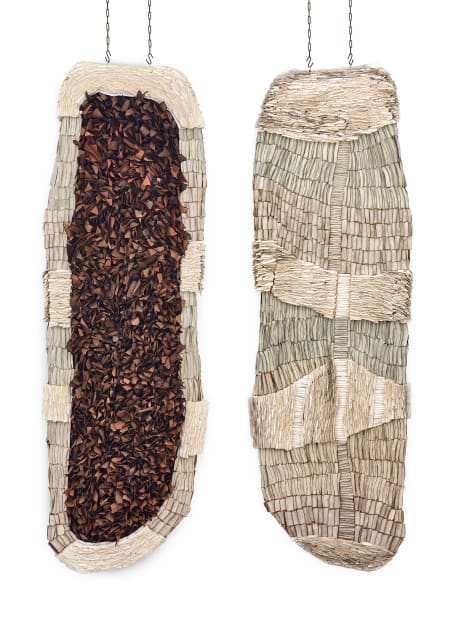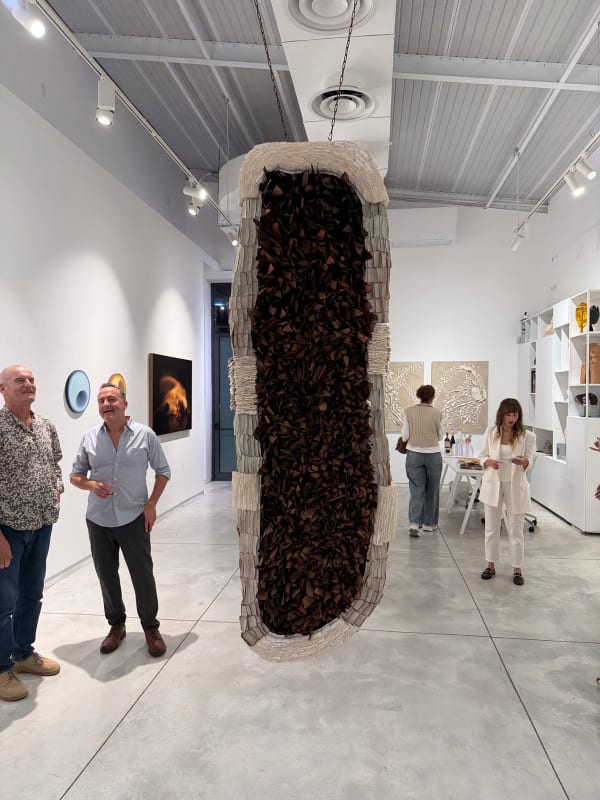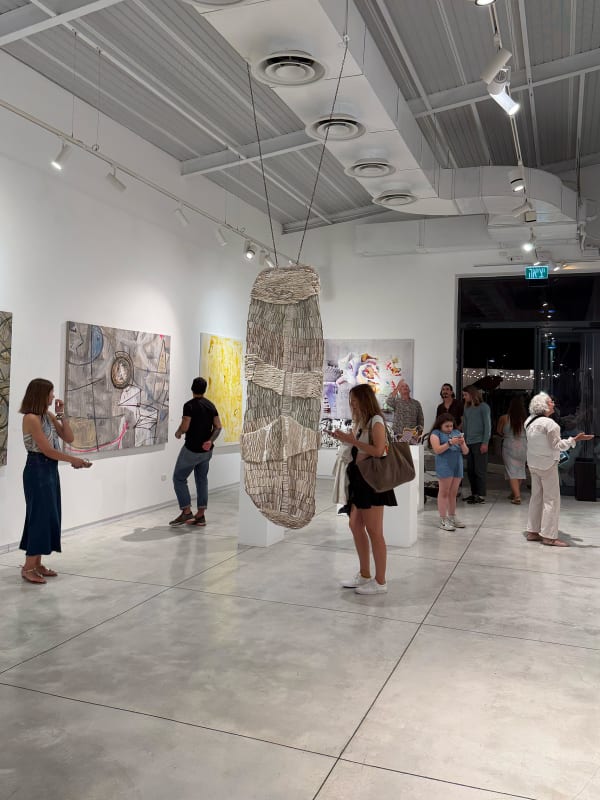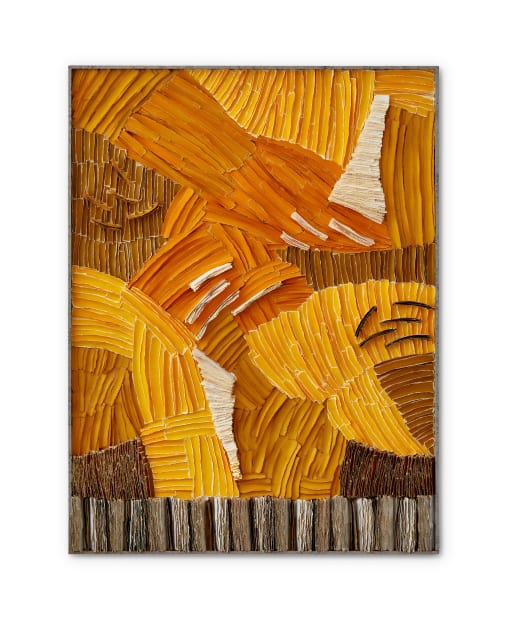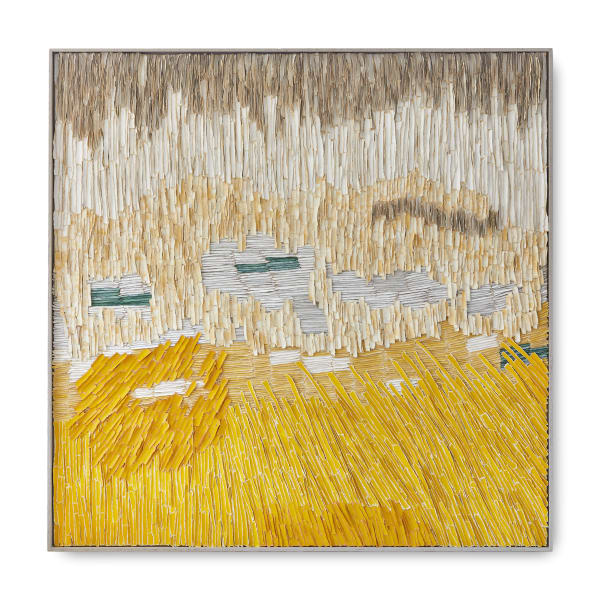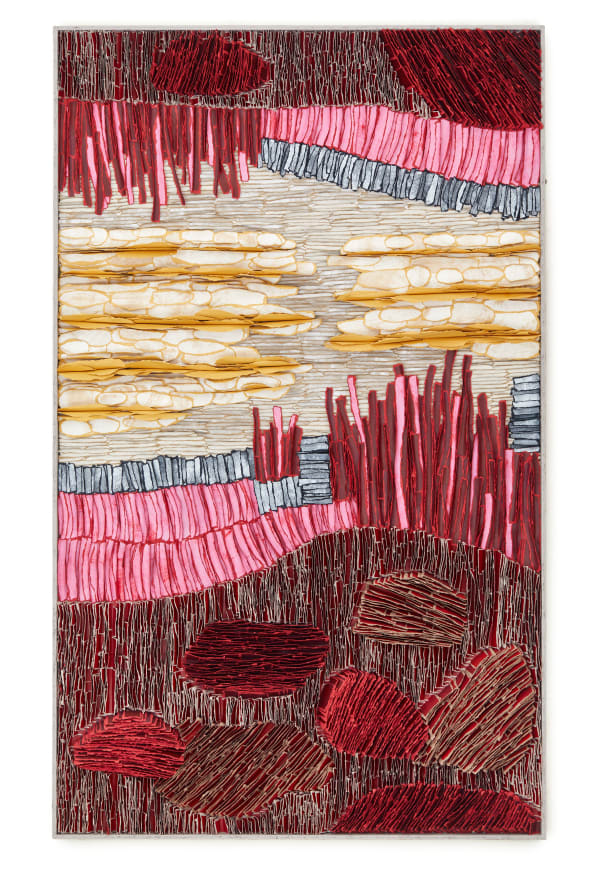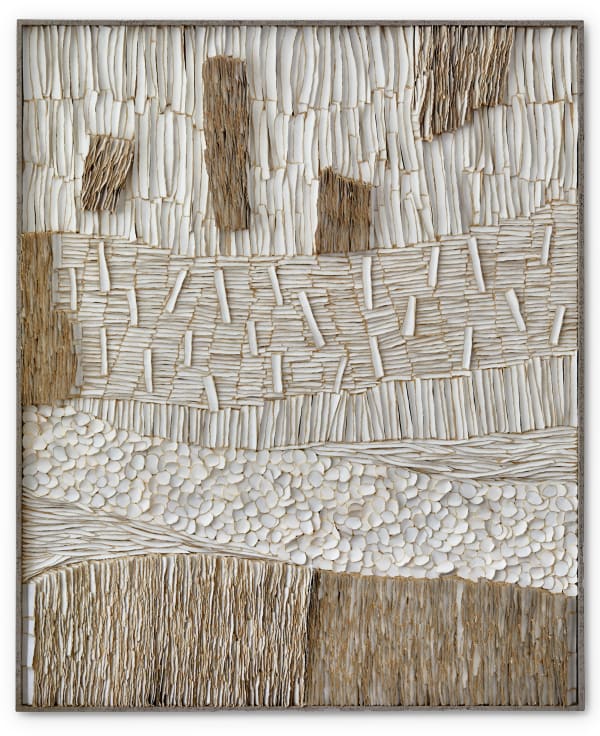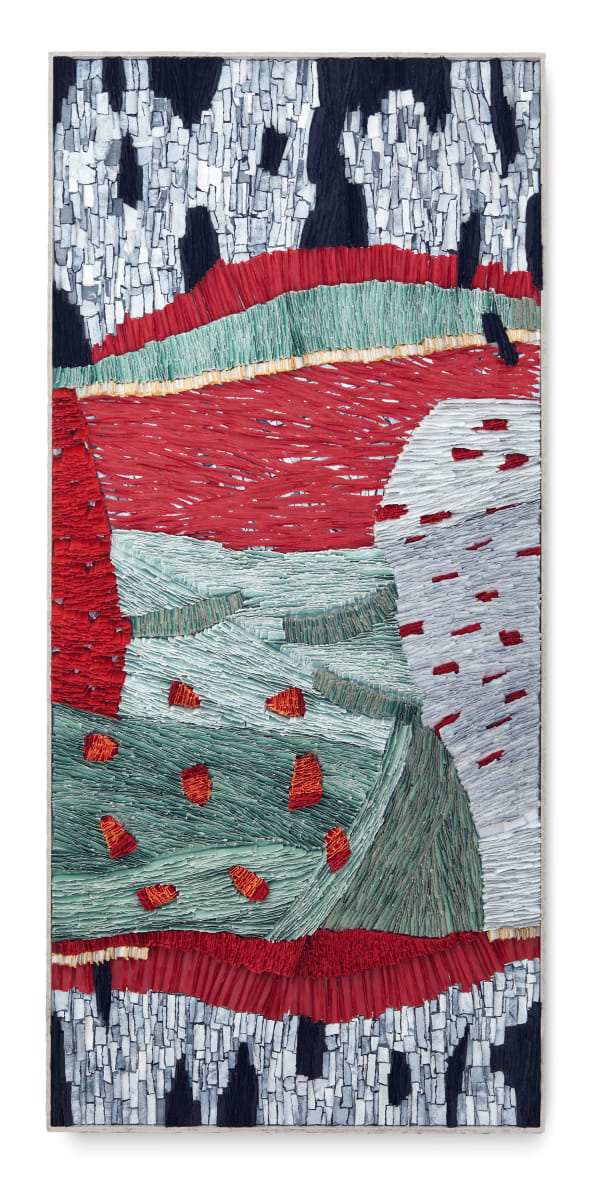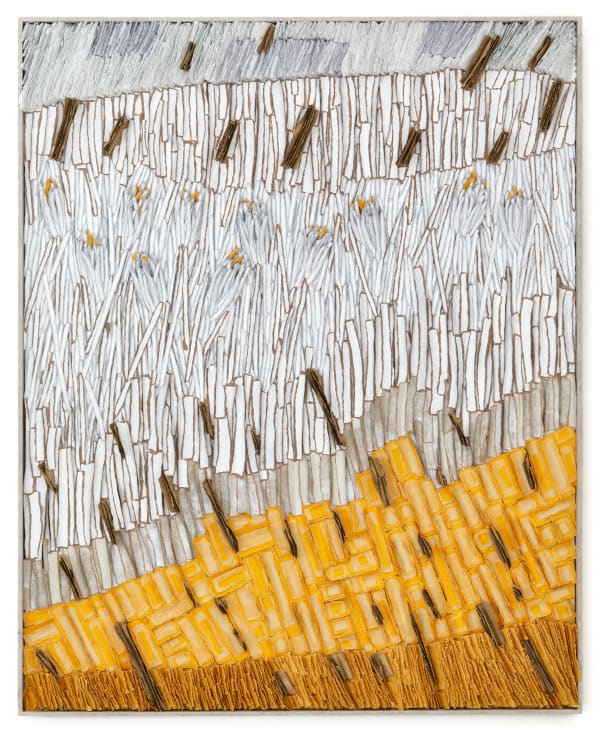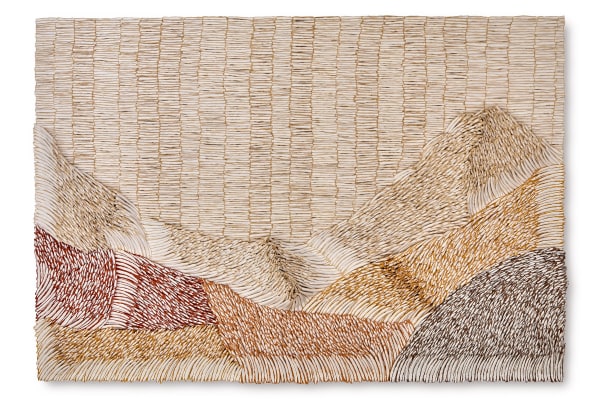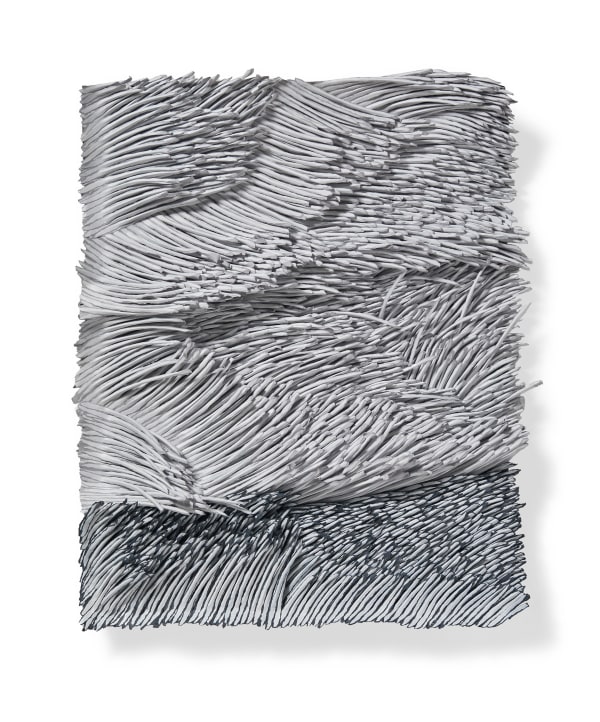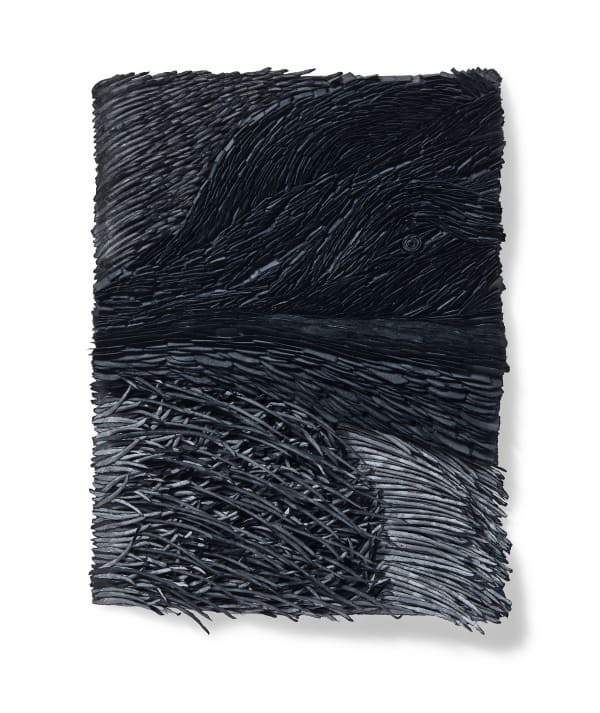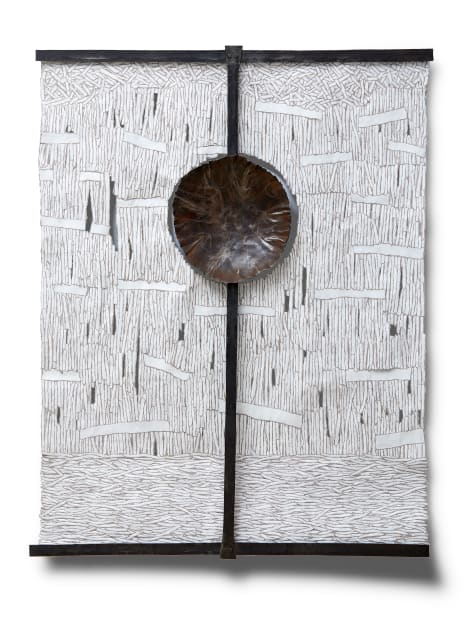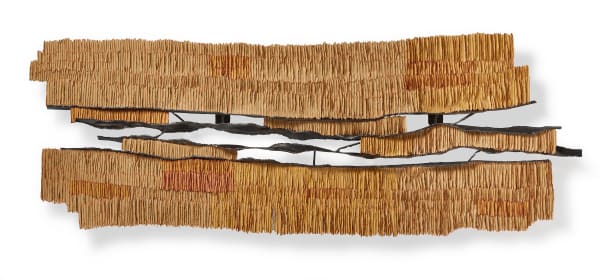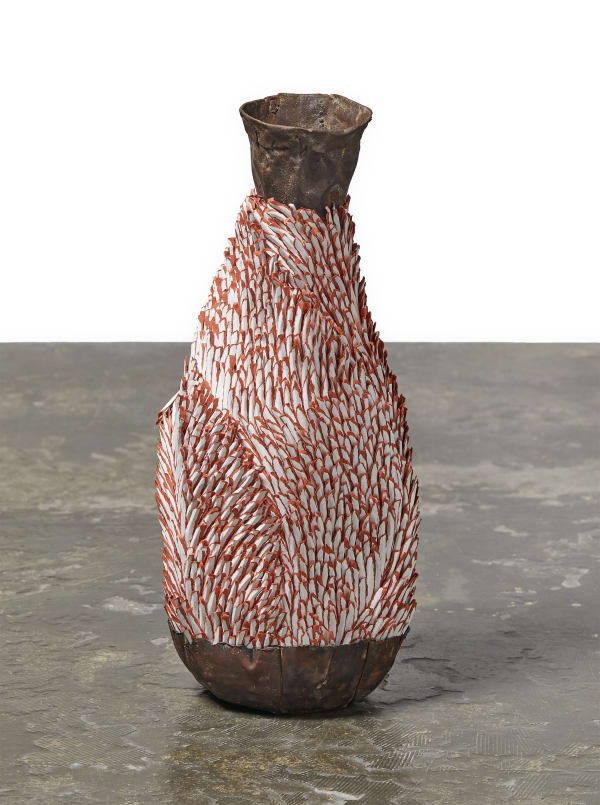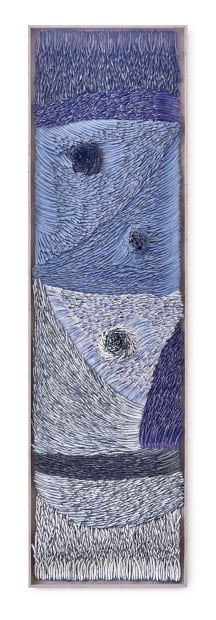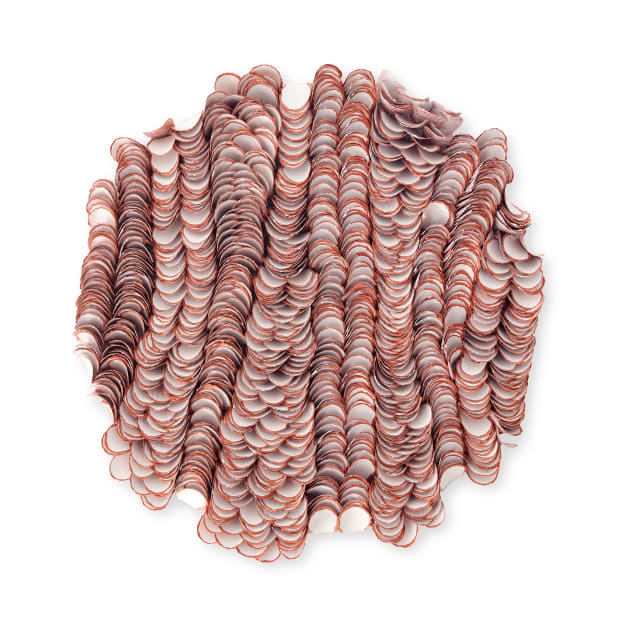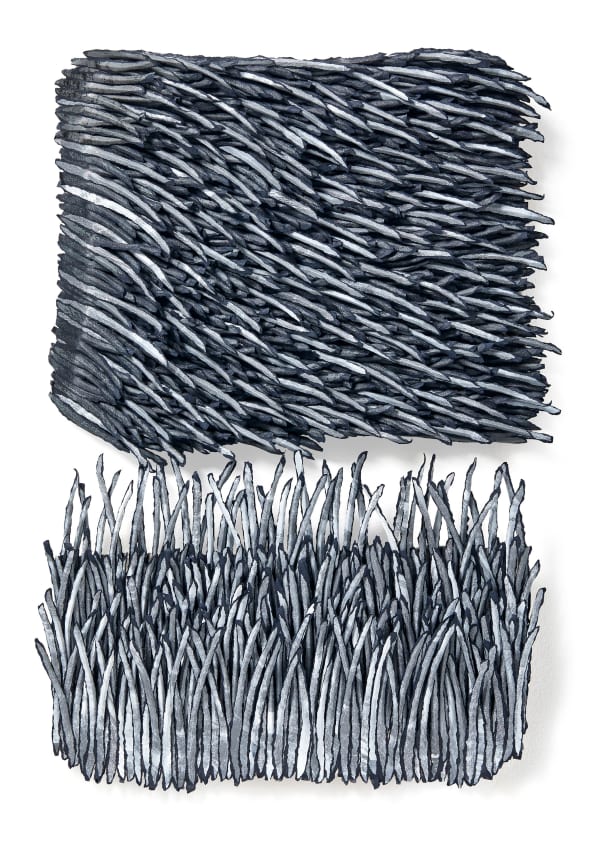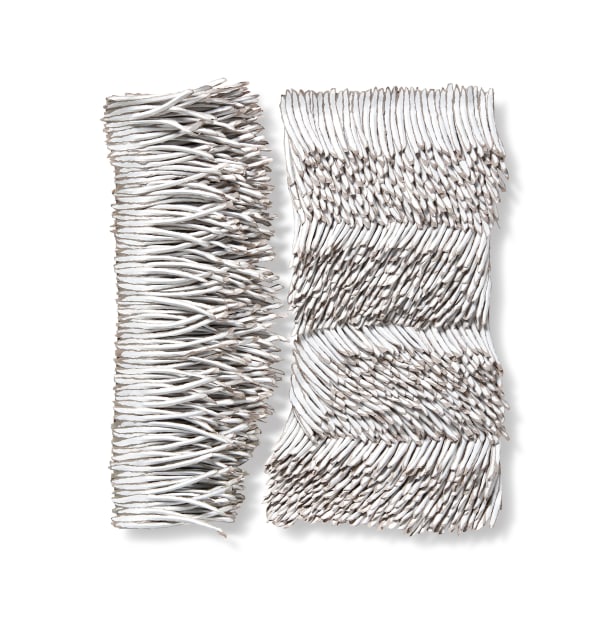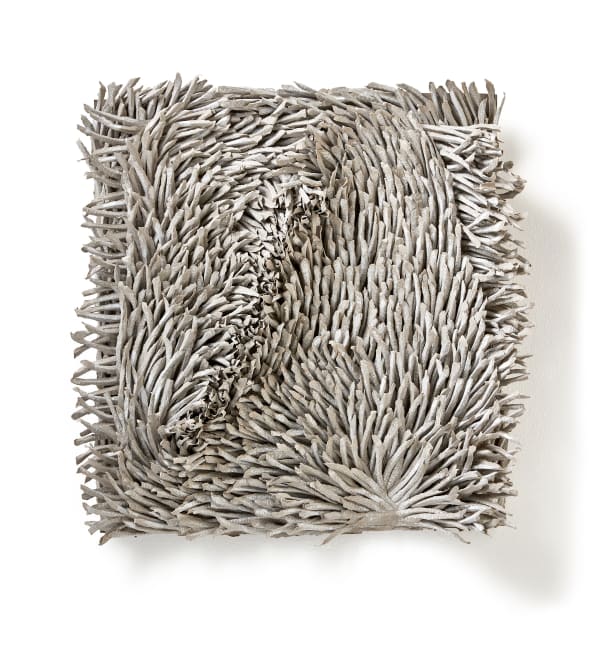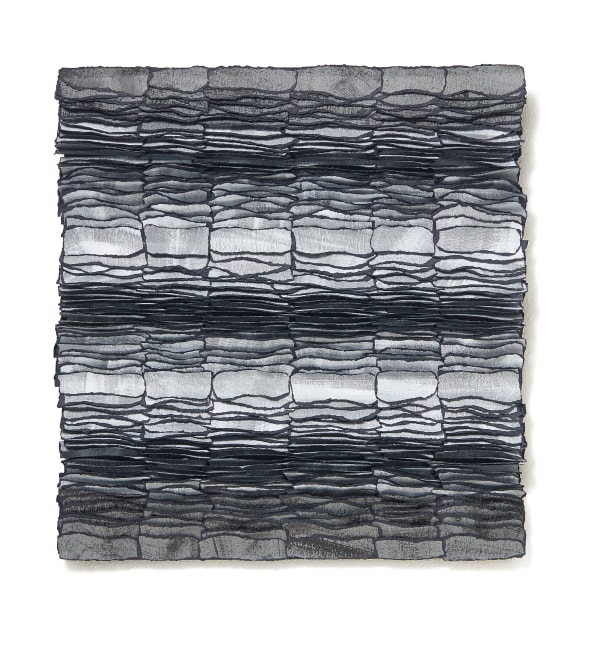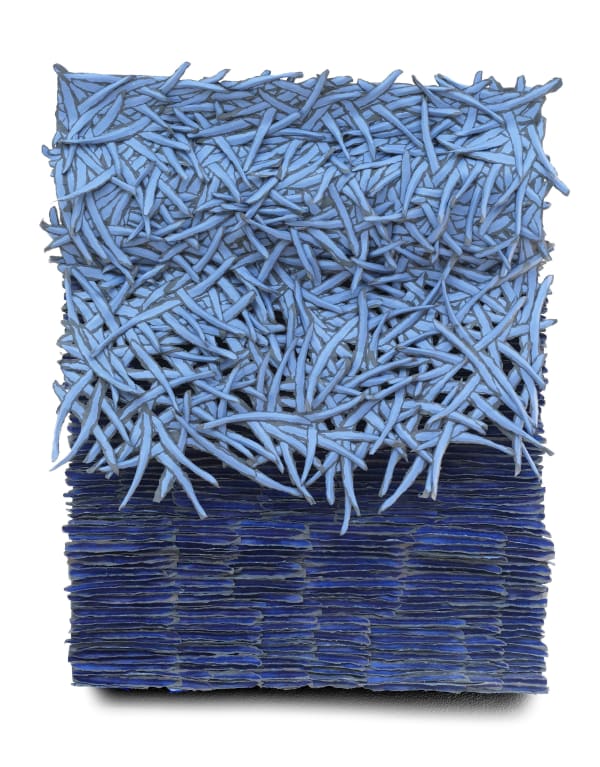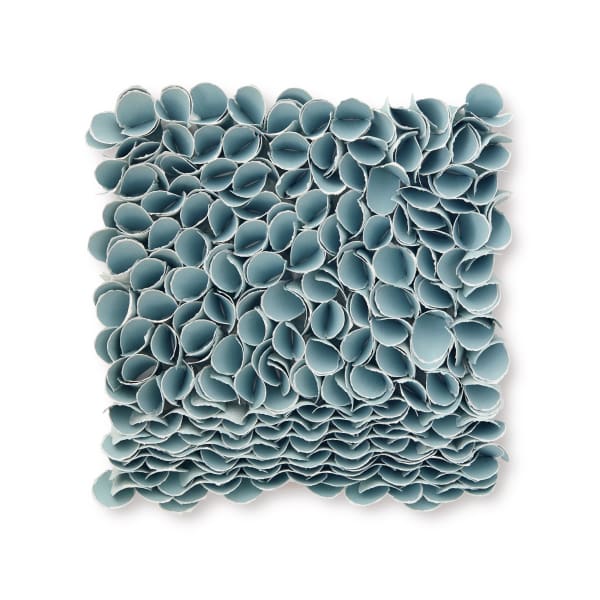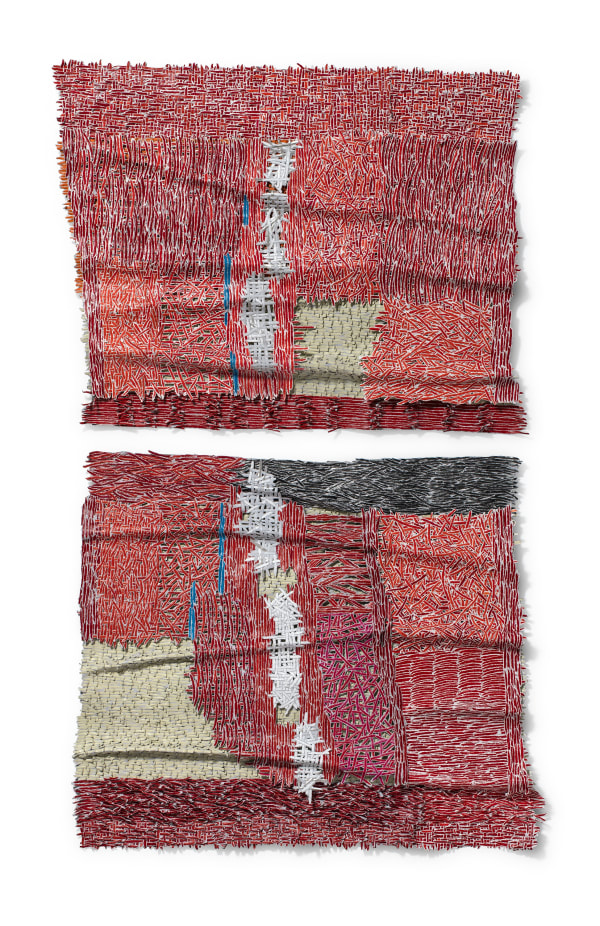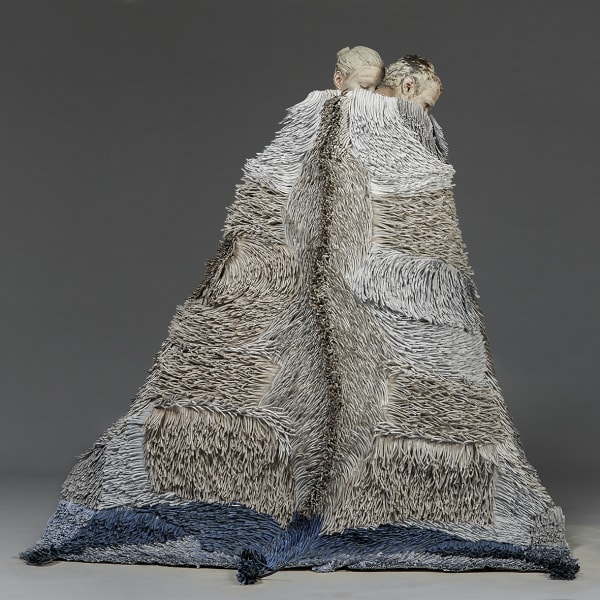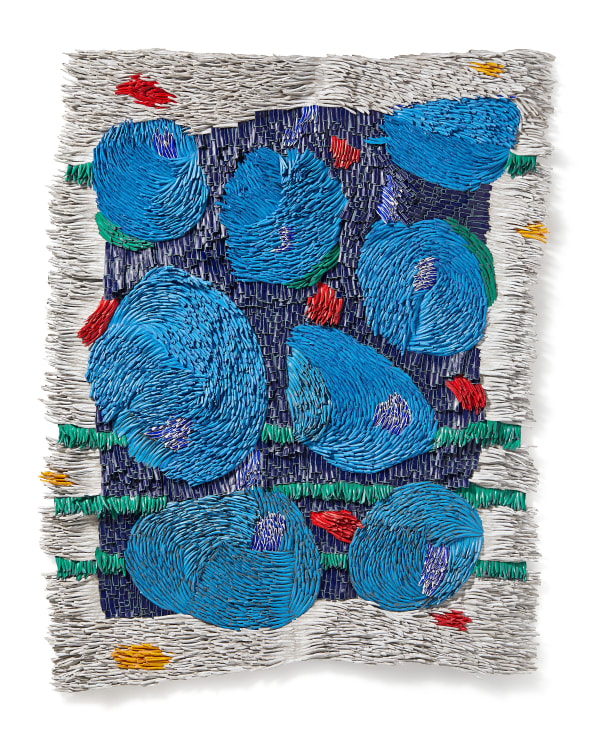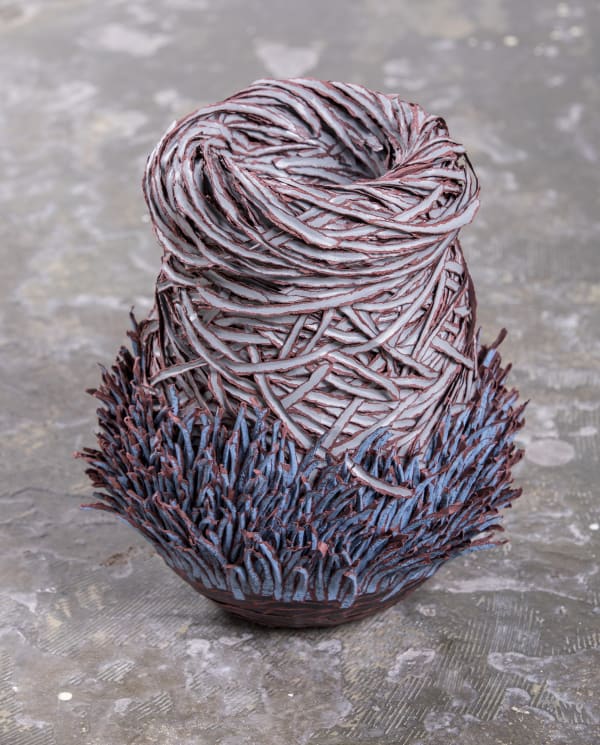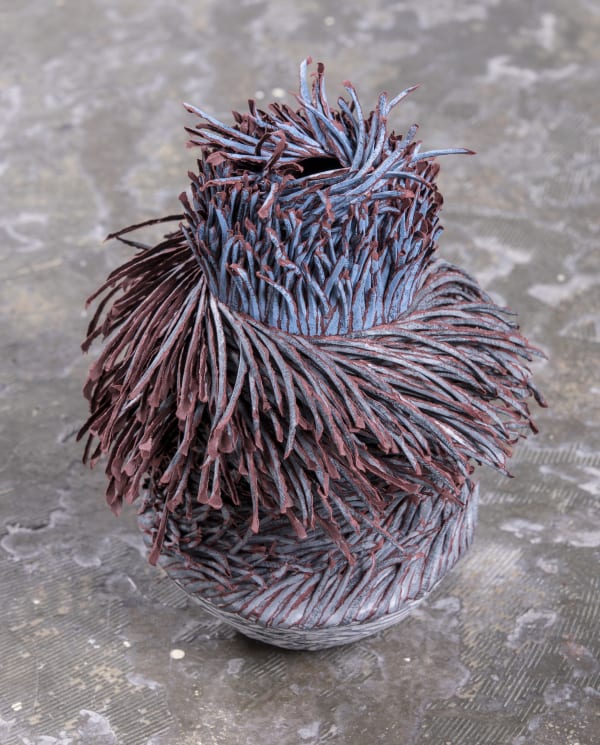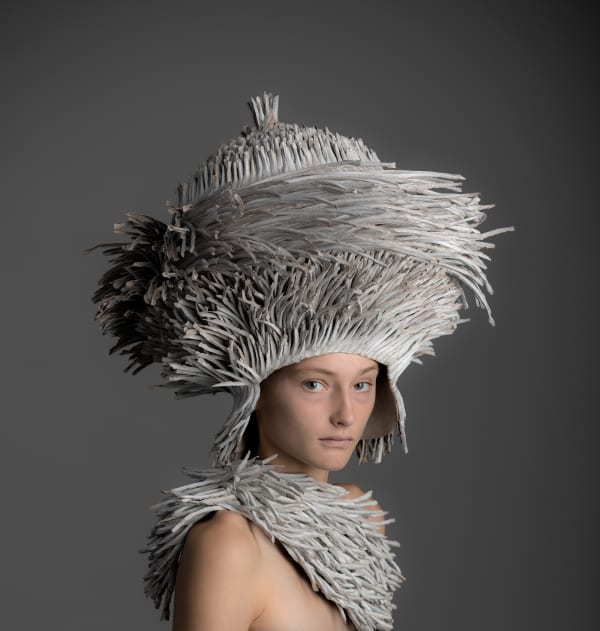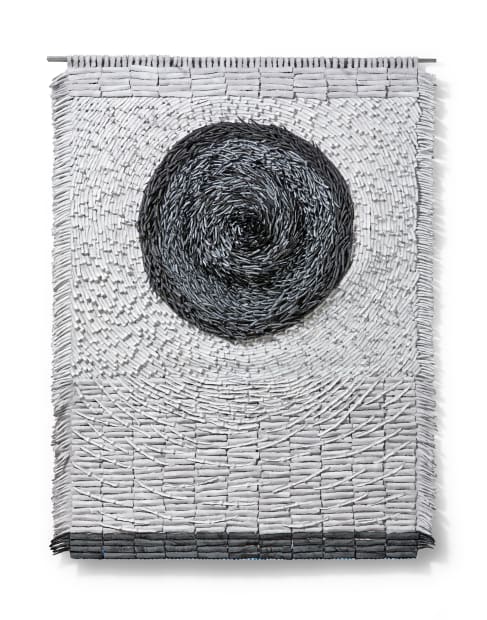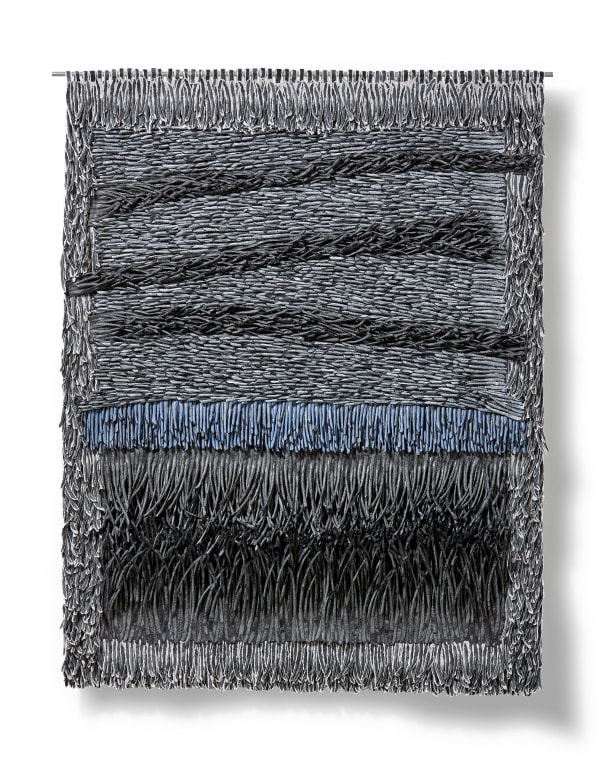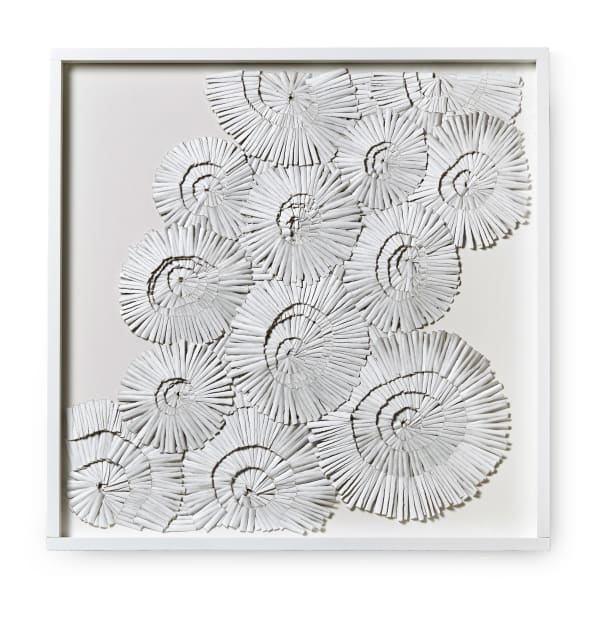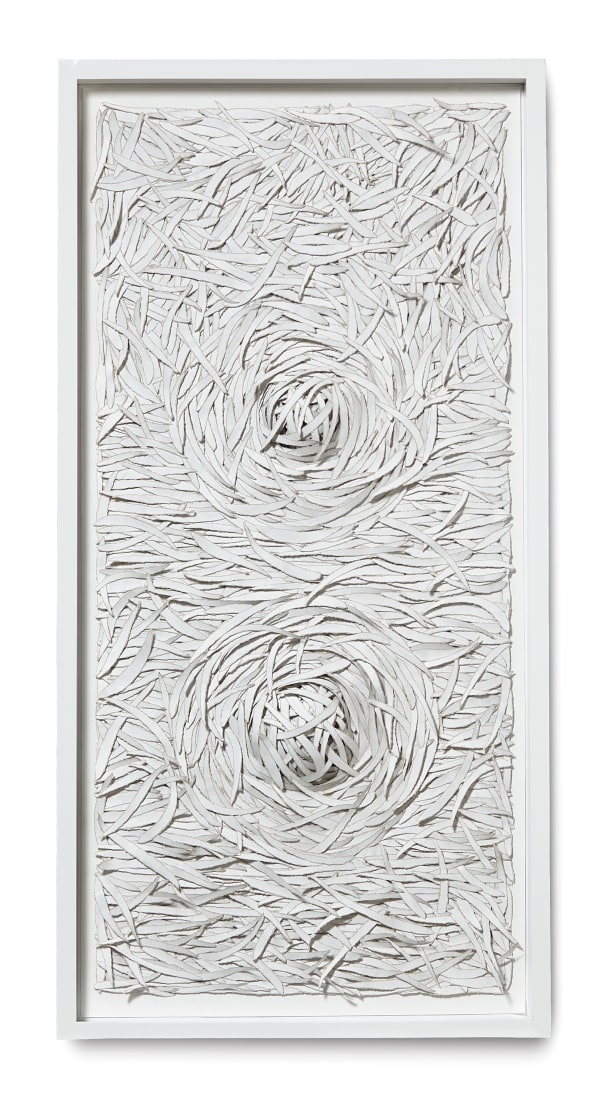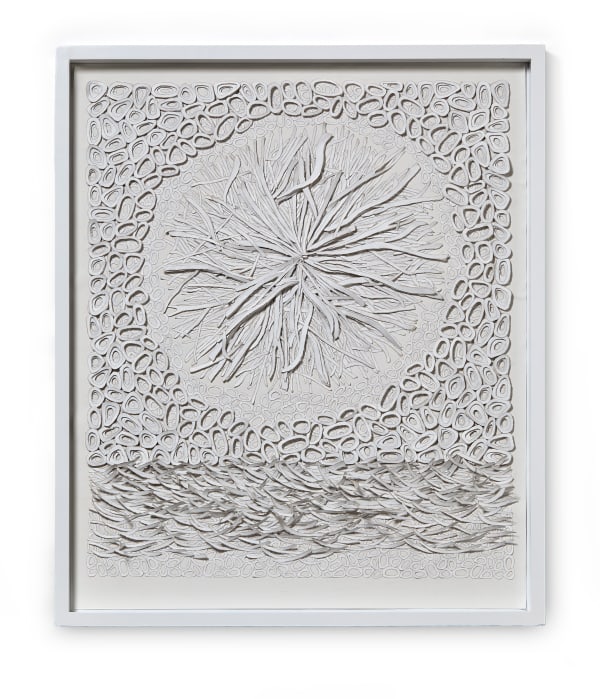-

-

-

-

-

-

-

-

-

-

-
SISTERS, 2017
"Here are the Eucalyptus trees
With their dripping leaves;
In the grey-blue light of early morning
They stand together in the grove
Like nine smooth-skinned, dark-haired sisters. -
They seem that way (weirdly) Related to me"
[Ron Loewinsohn, from "The Eucalyptus trees," Poetry 112, no. 22 (1968): 105]In this project, Severijns has transformed flat, thin paper into three-dimensional “head vessels.” The three vessels making up Sisters, an homage to the artist’s three daughters, further investigate the theme of uprooted identity.
Severijns raised her daughters in a bi-cultural environment, leading them to navigate cultural identity's complexities, constantly defining and redefining it on their terms. Furthermore, Sisters addresses the erasure of identity as a result of the state of being uprooted. The paper head vessels, free from cultural values, associations, or symbols, allow viewers to reimagine and explore their own sense of identity.
The portraits were captured in collaboration with photographer Sigal Kolton to generate an effect of timelessness. At the same time, the striking presence of these three unique individuals, bonded by sisterhood, shines through the camera lens.
Sisters was part of the group exhibition Not by the Dress Alone at the Museum on the Seam, Jerusalem.



